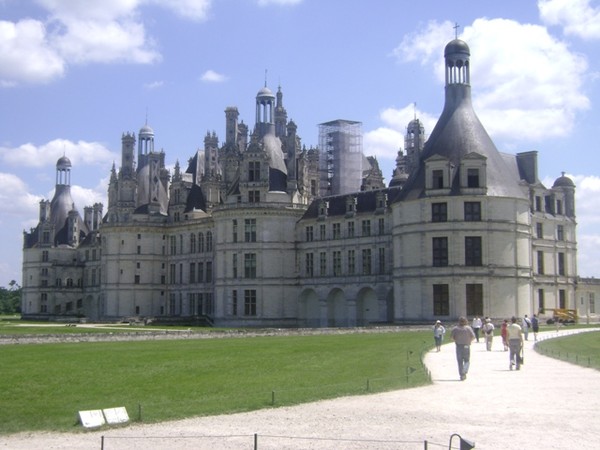
Our ‘Get to Know’ blog series gives you an in-depth look at the people, places and activities that make educational tours amazing. Today’s post features the Château de Chenonceau, one of the most beautiful landmarks in France, and a destination available on our popular Paris & the Loire Valley tour.
Commonly called ‘Ladies House’, or Le Château des Dames, this eleventh century castle contains remnants of France’s storied past—and is a focal point for some of the country’s most powerful women. On your tour, you can view the chambers of former queens, many of which remain unchanged since their former occupants, well, occupied them. Enormous canopy beds, ancient silverware and immaculate gardens are some of the treasures these grand dames left behind.
The first woman to ‘man’ this castle was none other than King Henry II’s mistress, Diane de Poitiers. It is her gardens that still stand to prove the manicured horticultural beauty of the time period. The acres of fruit trees arranged in triangular landscape designs survived the mistress who was ousted by the King’s widow, Catherine de’ Medici, after his death. But it was Catherine de’ Medici herself that brought the most fame to the chateau when she held the first fireworks display this side of the Pyrenees. One can only imagine the site of some big sparklers shimmering over Chenenceau’s drawbridge.
But the Palace did fall under some hard times. When Catherine passed in 1589, Chenonceau was inherited by her daughter-in-law, Louise de Lorraine-Vaudémont. After learning of her husband King Henry III’s assassination, Louise added her somber touch by hanging dark tapestries embroidered with skulls and crossbones.
Thankfully for the Palace (and us), things took a turn for the better in the eighteenth century whenthe current lady of the house, Madame Louise Dupin, entertained members of the Enlightenment the likes of Voltaire and Jean-Jacques Rousseau making it a gorgeous artist’s salon.
The Madame also had good fortune to save the Castle from the destruction of the Revolution. Monarchs or revolutionaries, the women of Le Château des Dames did have one thing in common—they all collected masterpieces. Rare works by Rubens, Le Tintoret and Nattier can all be seen on display in the castle. Enjoy your time wandering the halls and see how many famous artists you can discover.
